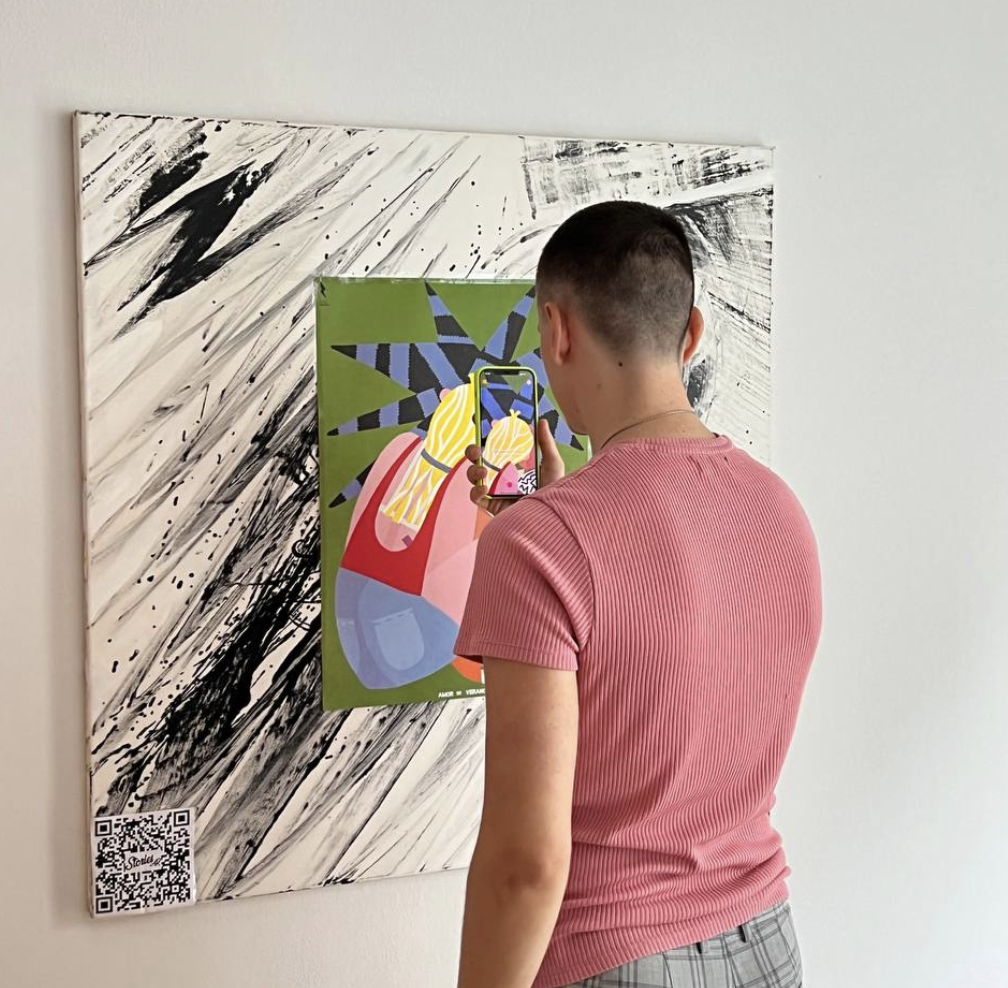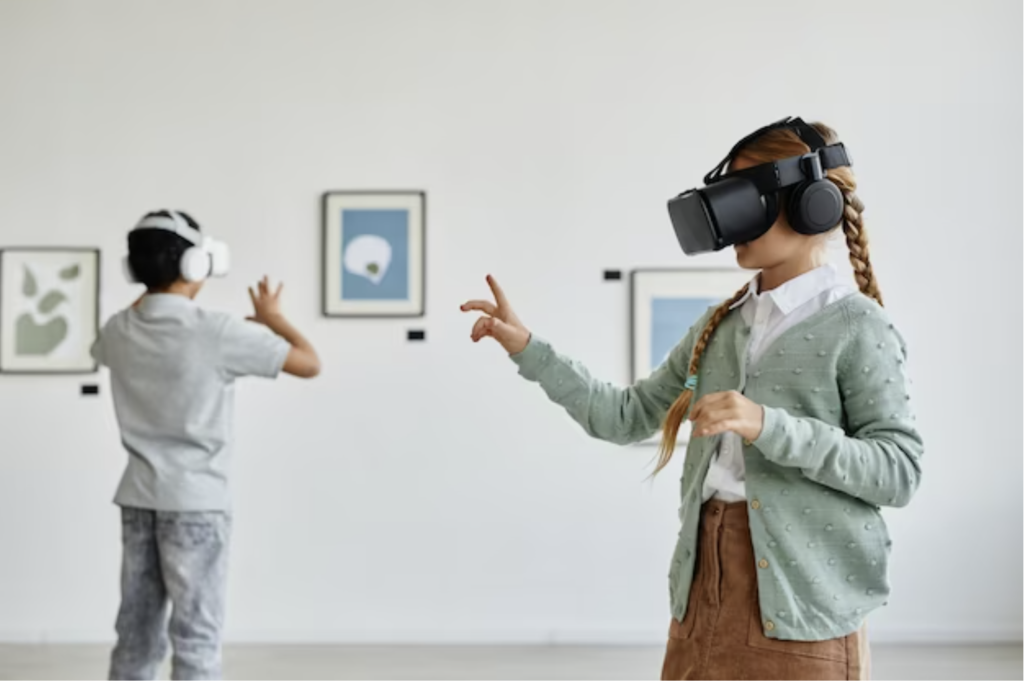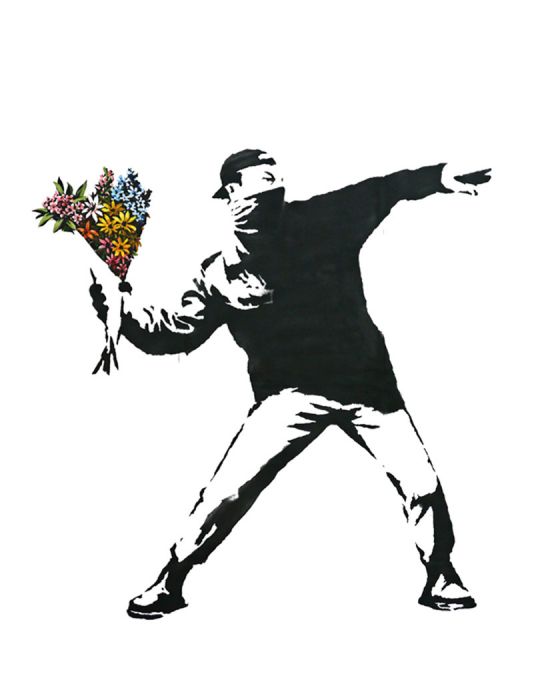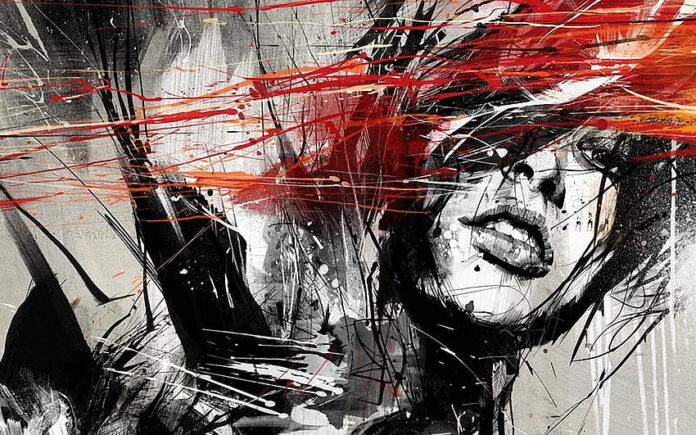Contemporary art, as a dynamic and ever-evolving realm of human expression, continuously reinvents itself through the exploration of new mediums, styles, and movements. In this exploration, we delve into the kaleidoscope of emerging trends in contemporary art, showcasing the diversity of voices, ideas, and forms that define the avant-garde of the art world.
1. Exploring New Art Mediums
Contemporary artists are pushing the boundaries of traditional mediums, venturing into uncharted territories to create innovative and thought-provoking works. One notable trend is the integration of technology into artistic expression. Digital art, virtual reality installations, and interactive media experiences have become prominent mediums for artists to explore the intersection of creativity and technology.

Augmented reality (AR) and virtual reality (VR) have emerged as powerful tools for creating immersive art experiences. Artists are using these mediums to transport viewers into alternate realities, challenging traditional notions of space and engagement. This fusion of art and technology not only expands the possibilities for creative expression but also invites audiences to actively participate in the artistic journey.

Similarly, the resurgence of interest in traditional crafts and artisanal techniques marks another trend in contemporary art. Artists are revisiting age-old practices such as ceramics, weaving, and woodworking, infusing them with modern sensibilities to create works that bridge the gap between tradition and innovation. This juxtaposition of the old and the new adds depth and richness to contemporary artistic narratives.
2. The Rise of Emerging Artists
As the art world becomes increasingly accessible through online platforms and social media, emerging artists are gaining visibility and recognition at an unprecedented pace. The democratization of the art scene allows artists to share their work with global audiences, bypassing traditional gatekeepers and establishing direct connections with art enthusiasts.
Social media platforms like Instagram, TikTok, and Twitter have become virtual galleries where emerging artists showcase their portfolios, share their creative processes, and connect with a diverse audience. This democratization of visibility has led to the discovery of fresh talents, often challenging established norms and introducing novel perspectives to the art world.
Online art marketplaces and digital galleries have also played a crucial role in supporting emerging artists. These platforms provide a space for artists to sell their works directly to collectors, eliminating the need for traditional gallery representation. As a result, emerging artists have greater control over their careers, allowing them to navigate the art market on their terms.
3. Diversity of Contemporary Art Styles
Contemporary art is characterized by its eclecticism, embracing a myriad of styles that reflect the diversity of human experience. One prevalent trend is the fusion of different artistic styles and influences, resulting in hybrid forms that defy easy categorization. This blending of genres creates a dynamic and evolving landscape, challenging viewers to engage with art in new and unexpected ways.
Street art and graffiti, once considered subversive, have transitioned into mainstream contemporary art. Artists like Banksy have brought street art into prestigious galleries, blurring the lines between high and low art. This trend reflects a broader shift in the art world towards inclusivity and the recognition of diverse forms of artistic expression.

Moreover, artists are increasingly integrating cultural and historical references into their works, exploring themes of identity, heritage, and globalization. This trend reflects a conscious effort to deconstruct traditional narratives and challenge Eurocentric perspectives, paving the way for a more inclusive and multicultural art discourse.
4. Current Art Movements: Activism and Environmentalism
Contemporary art is becoming an increasingly powerful tool for activism and social commentary. Artists are using their platforms to address pressing issues such as social justice, equality, and environmental sustainability. This trend reflects a growing awareness of art’s potential to instigate change and provoke meaningful conversations.
Artists engaged in activist movements often use their work to shed light on social injustices, challenge systemic inequalities, and amplify the voices of marginalized communities. Whether through powerful visual narratives, performance art, or multimedia installations, these artists contribute to a broader dialogue about the role of art in advocating for a more just and equitable world.
Environmentalism has also emerged as a prominent theme in contemporary art, reflecting global concerns about climate change and ecological sustainability. Artists are using recycled materials, engaging with eco-friendly processes, and creating works that confront humanity’s impact on the environment. Through their art, these environmental activists aim to inspire a deeper connection to nature and prompt meaningful reflection on our collective responsibility towards the planet.
5. The Interplay of Art and Science
A growing trend in contemporary art involves the intersection of art and science, with artists collaborating with scientists to explore the boundaries between these seemingly disparate disciplines. This interdisciplinary approach has resulted in groundbreaking works that bridge the gap between art and scientific inquiry.
Bioart, for example, involves the use of biological materials, living organisms, and scientific processes in the creation of art. Artists working in this realm explore the ethical implications of biotechnology, genetic engineering, and other scientific advancements. This trend reflects a fascination with the intersection of the natural and the artificial, as well as a desire to engage with the ethical questions posed by rapid scientific progress.
The Evolution Continues
Contemporary art, by its very nature, resists stagnation and embraces evolution. As we navigate the avant-garde of artistic expression, the trends outlined here represent just a snapshot of the dynamic and ever-changing landscape of contemporary art. Emerging artists, new art mediums, diverse styles, and the interplay of art with activism, environmentalism, and science collectively contribute to a vibrant tapestry of human creativity.
In this era of connectivity and accessibility, the global art community is more diverse and interconnected than ever before. As emerging trends continue to shape the future of contemporary art, one thing remains certain: the evolution of artistic expression will persist, challenging preconceptions and inviting audiences to embark on a journey of perpetual discovery.

























